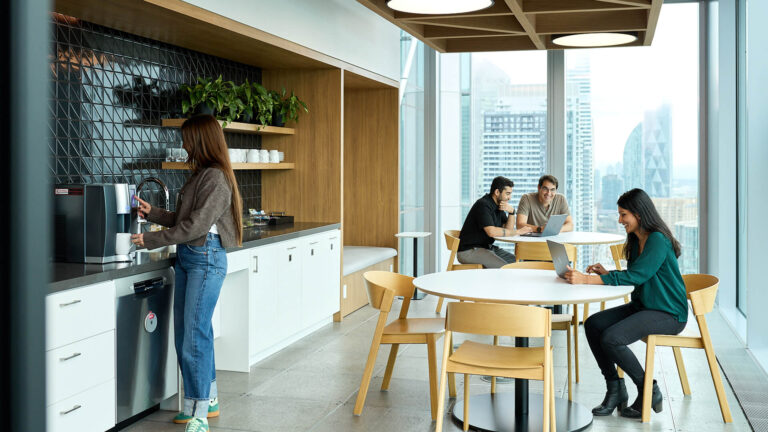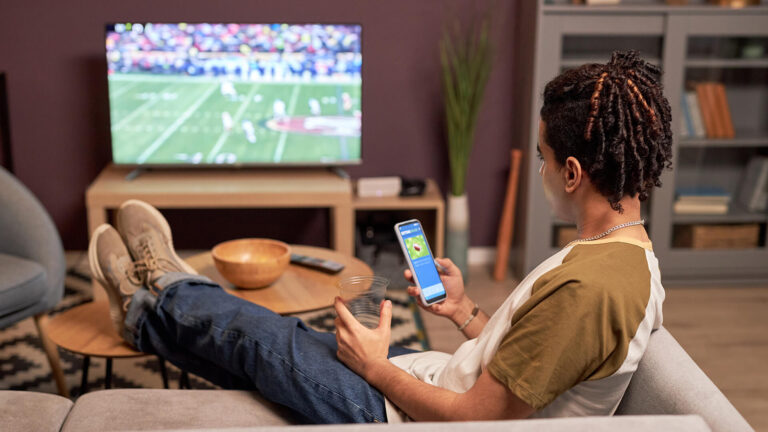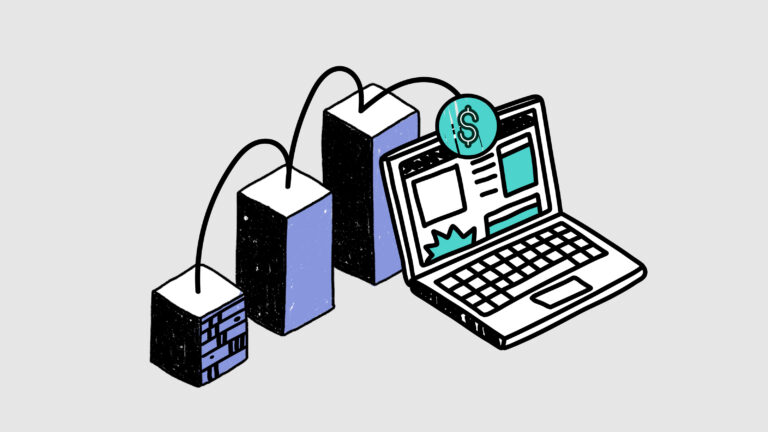This post was originally published on November 9, 2022 and last updated on September 11, 2023.
Price floors and rate cards are a critical part of how media owners sell their inventory in the programmatic marketplace. The issue is, the way floors are expressed between SSPs and DSPs is too basic and primitive for today’s (and tomorrow’s) market.
In OpenRTB, media owners provide price guidance through one floor per impression opportunity, a method that was originally designed for web banner use cases over a decade ago. Today, media owners craft user experiences that allow for ads of different sizes, lengths, or formats (from banner to native to video) within a single impression opportunity.
As a result, today’s sellers have two options for pricing guidance: use a shared floor across all ad executions, or split impression opportunities into multiple requests, each with its own floor.
Just as your supermarket wouldn’t charge the same price for a large jar of peanut butter as a small one, media owners don’t want to be bound by the same price for a large ad versus a small one. On the other side of the marketplace, buyers and DSPs are highly motivated by efficiency: they don’t want each impression opportunity to be split into multiple requests.
To meet the needs of both media owners and buyers, our industry needs a better way to communicate price floors. It’s time for an overhaul.
How to improve price floor guidance
OpenRTB 2.6 was a major step forward in the capabilities it affords media owners, buyers, and ad tech providers. Index was heavily involved in defining these guidelines in partnership with the IAB Tech Lab and a number of industry leaders. As we evaluate future versions of OpenRTB, it’s time to focus on optimizing price floors to improve win rates, reduce wasted bids, and improve overall efficiency.
Price floors in OpenRTB 2.6 and previous versions are specified at the BidRequest.imp[] level. We propose several changes to how price floors are specified to give media owners the ability to price their goods based on duration, format, and size within one unified bid request.
As part of this work and our continued commitment to improve, we’ve submitted a proposal to the IAB’s Programmatic Supply Chain Working Group for an OpenRTB enhancement for video and audio durations.
Video and audio duration floors
To maintain the best possible user experience, video media owners typically prefer to show the fewest ads possible while still meeting their monetization goals. OpenRTB 2.6 introduced new fields that give media owners more control over their ad pod construction.
They can specify their desired number of creatives and duration, and set dynamic price floors based on CPM per second with the new mincpmpersec field. This is a good starting point in specifying a floor price that scales linearly with the duration of buyer creatives.
However, to make the trade-offs between creative duration and monetization, media owners need to be able to express non-linear pricing constraints. For instance, some may prefer to show one 15-second ad at a $20 CPM rather than two 10-second ads each at a $10 CPM to meet their monetization goals while showing the viewer a shorter ad break.
The IAB Tech Lab is addressing this need in the August 2023 release of OpenRTB 2.6 with a new concept of duration floors. Duration floors allow a media owner to specify pricing for creative durations in a number of ranges.

The proposal calls for adding the new DurFloors object to the Audio, Video, and Deal objects, and is now open for public comment.
Future proposals
Meanwhile, we’re creating additional proposals around enabling media owners to specify floors by creative size and type, with recommendations for:
Multi-size banner placements
Creatives with larger dimensions take up more screen real estate and generally capture more viewer attention. Media owners typically want buyers to pay more for larger ads than smaller ones.
Media owners should be able to specify floors for each size in the banner.format[] array. This will allow one floor price for each ad size that’s available in a single auction without the need to split up requests to DSPs.
Multi-format ad placements
Some ad placements, like those between paragraphs in an article, support multiple ad formats such as banner, native, or outstream video. Media owners should be able to express the pricing for each of these possible ad experiences in one request. This will best serve the needs of all parties in a programmatic transaction.
Get involved
The proposed duration and floor-related changes to OpenRTB 2.6 are open for public comment, and you can voice your opinion through October 6, 2023.
We’re beginning to test and validate other new price guidance recommendations with media owners and DSPs. If you’d like to get involved with the development and design of these guidelines, or simply share your perspective, please get in touch or join the discussions with the IAB Tech Lab.
Back to blog






